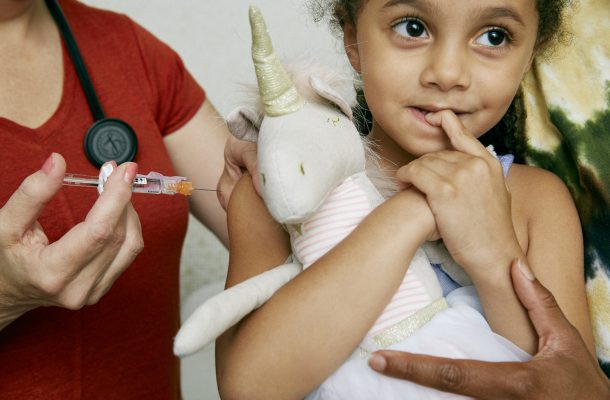“No jab, no pay” delivers results

The national ‘No Jab, No Pay’ policy has been associated with substantial catch-up vaccination activity in lower socio-economic status areas in Australia, according to research published today by the Medical Journal of Australia.
Introduced on 1 January 2016, the ‘No Jab, No Pay” policy extended the existing vaccination requirements for receiving federal family assistance payments by removing non-medical (conscientious objection) exemptions and tightening guidelines for medical exemption.
Researchers from the University of Sydney and the National Centre for Immunisation Research and Surveillance (NCIRS), analysed data from the Australian Immunisation Register on catch-up vaccination rates for children aged 5 to less than 7 years before (January 2013 – December 2014; baseline) and during the first 2 years of “no jab, no pay” (December 2015 – December 2017), and children aged 7 to less than 10 years and young people aged 10 to less than 20 years (“No Jab, No Pay” period only).
They also examined catch-up vaccination rates for the second dose of measles–mumps–rubella vaccine (MMR2) in the latter two age groups, by Indigenous status and socio-economic status, and for the third dose of diphtheria–tetanus–pertussis vaccine (DTPa3) and the first dose of the measles-mumps-rubella vaccine (MMR1) in children aged 5 to less than 7 years, before and after the introduction of ‘No Jab, No Pay’.
Key findings
The proportion of incompletely vaccinated children aged 5 to less than 7 years who received catch-up DTPa3: was higher under “No Jab, No Pay” than during the baseline period (15.5% vs. 9.4%), however there was a slight reduction in MMR1 catch-up (13.6% vs. 12.9%).
Of 407 332 incompletely vaccinated adolescents aged 10 to less than 20 years, 71 502 individuals (17.6%) received catch-up MMR2 during the first 2 years of ‘No Jab, No Pay’.
This increased overall coverage for this age group from 86.6% to 89.0%. MMR2 catch-up activity in this age group was greater in the lowest socio-economic status areas than in the highest socio-economic status areas (29.1% vs. 7.6%), and also for Indigenous compared to?non-Indigenous Australians (35.8% vs. 17.1%).
“Our findings suggest that, while monetary sanctions are effective in promoting catch-up vaccination, their impact varies with socio-economic disadvantage,” concluded the authors, led by Dr Frank Beard, NCIRS Associate Director, Surveillance, Coverage, Evaluation and Social Science, and Senior Lecturer at the University of Sydney.
“Moreover, the lack of change in MMR1 catch-up activity in children aged 5 to less than 7 years suggests little impact on those who reject vaccination, and that expansion of age requirements was the more effective policy lever in this period.”said Dr Beard.
Co-author Professor Julie Leask, NCIRS Professorial Fellow and University of Sydney expert on vaccination attitudes and behaviour said:
“Many factors contribute to incomplete vaccination; a comprehensive suite of measures, particularly for reducing barriers to access and incorporating systematic reminders, is therefore essential for improving coverage. Requirements alone are not enough,”
“The full scope of consequences of strict vaccination requirements should be carefully examined by any country considering such measures. It may be possible to find a reasonable middle ground that increases catch-up while not disadvantaging certain families.”
Open Forum is a policy discussion website produced by Global Access Partners – Australia’s Institute for Active Policy. We welcome contributions and invite you to submit a blog to the editor and follow us on Facebook, Linkedin and Mastadon.














